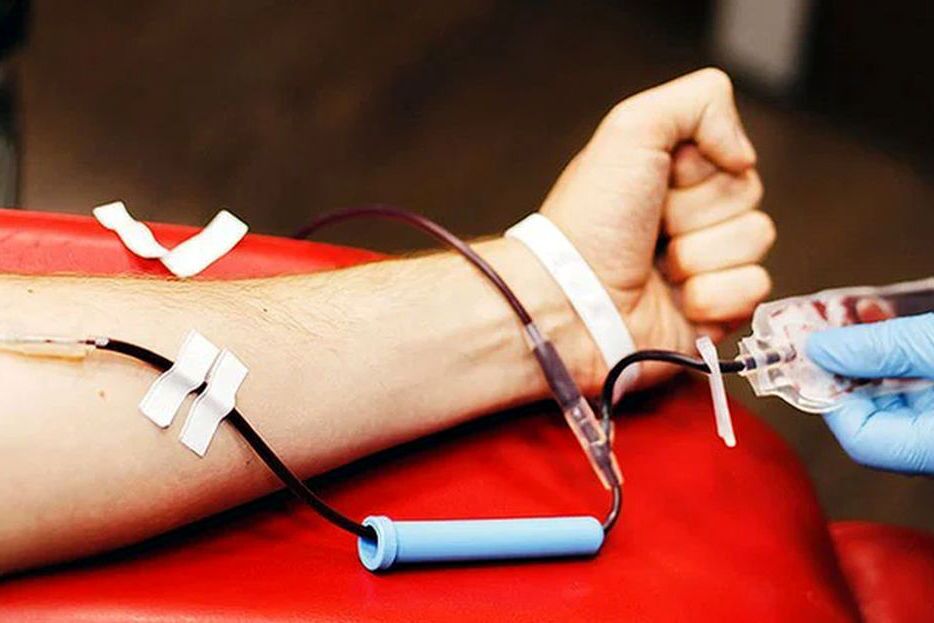The Dark Side of Technological Gaps in the 21st Century: A Personal Story from Afghanistanhttps
The Dark Side of Technological Gaps in the 21st Century A Personal Story from Afghanistan In the age of artificial intelligence, self-driving cars, and space tourism, it is heartbreaking to witness how countries like Afghanistan are still struggling with the most basic technological infrastructure. While the rest of the world races into the future, many Afghan families are being left behind in darkness — a darkness not of tradition, but of neglect. I know this firsthand. I almost lost my cousin to blood cancer — not because there wasn’t treatment, but because we couldn’t find the blood he desperately needed. There was no centralized Blood Bank Management System (MIS), no app, no digital service where we could connect with donors quickly. We relied on frantic calls, word-of-mouth, and luck. In this century, it should not be about luck — it should be about systems. The Harsh Reality In developed countries, technology is saving lives every day: Automated blood bank systems track donor types and availability. Real-time alerts connect patients to registered donors within minutes. Hospitals have integrated databases for urgent and organized response. But in Afghanistan, we still face: No nationwide donor database No digital system for tracking or requesting blood No technological awareness or access for most rural clinics This isn’t just about blood — this is about how technology could solve real problems but simply isn’t being used. A Country Left in the Dark In rural Afghanistan, most hospitals still rely on paper files. Power cuts are common. The internet is weak or unavailable. In emergency cases, families have to beg for help on Facebook groups or drive for hours just to ask around. People die — not because their condition is untreatable, but because they can’t be reached on time. It’s not just a technology issue. It’s a human rights issue. A Simple System Could Save Thousands Imagine if there was a simple app — even something like WhatsApp integrated with a blood donor database. You enter a blood type and location, and within minutes nearby donors are notified. This isn’t science fiction. This exists in many countries. But it doesn’t in Afghanistan — and people are dying because of it. What stops us? Lack of government investment in health tech No education or awareness around digital systems Poor internet infrastructure and data security No private sector incentives for tech in healthcare A Call to Innovators, Donors, and the Afghan Diaspora If you’re reading this — and you work in tech, healthcare, or international development — I urge you to think beyond your bubble. Countries like Afghanistan need simple, smart solutions. Not billion-dollar AI platforms — just working systems that help us track donors, notify hospitals, and save lives. I lost my cousin because of this failure. I don’t want others to experience that same pain. Let’s not let Afghanistan stay stuck in the shadows of the third digital generation. Let’s bring light where it’s needed the most.
